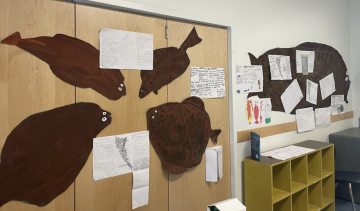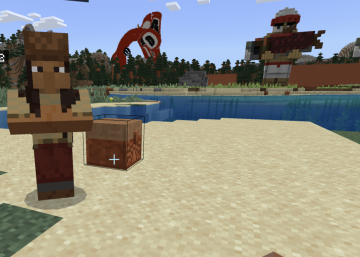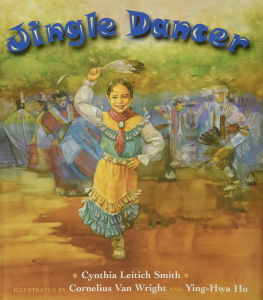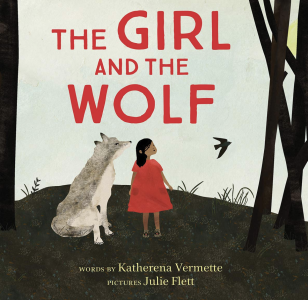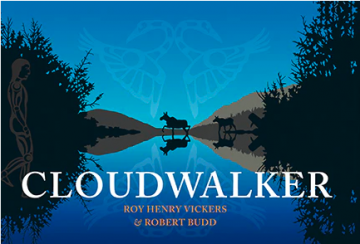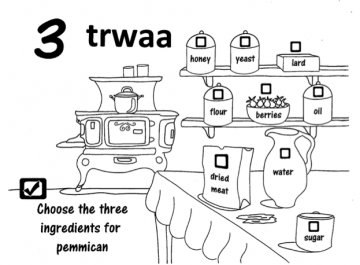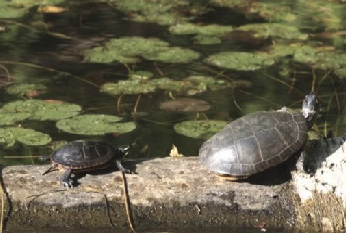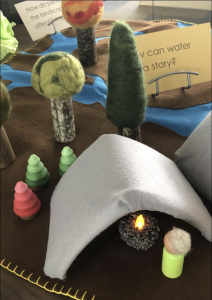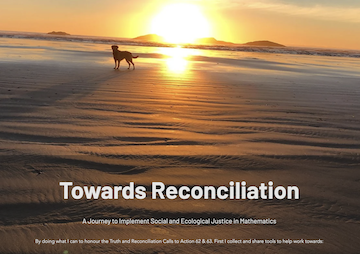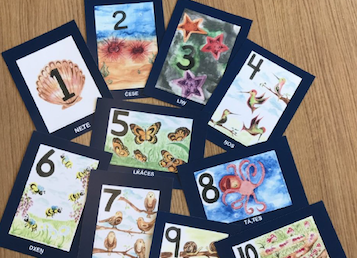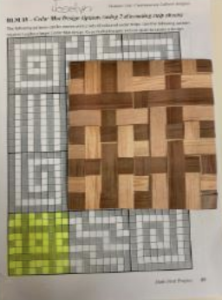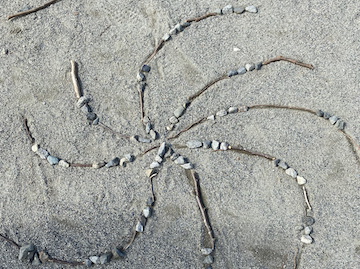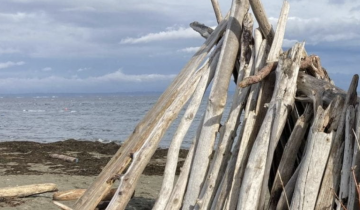A Noticing Water Project – Respect
This video invites learners to become careful observers of water. Focusing on the principle of Respect, from Dr. Jo-ann Archibald’s Indigenous Storywork, the video encourages learners to understand respect as patience, attentiveness, and care for both human and more-than-human.
A Noticing Water Project – Reverence
This video invites learners to become careful observers of water. Focusing on the principle of Reverence, from Dr. Jo-ann Archibald’s Indigenous Storywork, the video encourages learners to approach water with openness, curiosity, and gratitude.
Stump Stories: A Guided Inquiry
This page presents a guided inquiry called “Stump Stories,” in which learners engage with tree stumps as rich mathematical contexts and then use those observations to pose questions and develop mathematical investigations.
Nature Quests and Numeracy
This page offers a series of “Nature Quests” that invite students to explore mathematics through outdoor and place-based learning. Each quest begins with a short video that encourages students to notice elements of the natural world and then extend their observations into mathematical investigations.
Indigenous Stories for Classroom Use
This document provides a list of Indigenous stories that can be used in classrooms and will continue to be updated with new titles to support meaningful connections between Indigenous stories and mathematics.
Connecting Land, Place, and Community
Alli and Janice worked with two primary teachers and their classes to create learning experiences that encouraged students to think about mathematics through connections to land, place, and community.
Circle of Learning – Indigenous Book Club
Chelcy and Monica led a project focused on the 4 R’s of Indigenous Storywork and BC math competencies. Their Circle of Learning Book Club explored Richard Wagamese’s The Animal People Choose a Leader through Zoom sessions and an in-person dinner gathering.
Mentorship in Action
Sam’s Grade 6/7 class guided Kindergarten buddies, inspired by Jen Whiffin and Joy Fast’s Outdoor Math and Indigenous Storywork principles of Reciprocity and Respect.
Building a Community of Inquiry through Indigenous Storywork Principles
Annie Simard, Sandra Fox, along with other teachers integrated Indigenous stories into math instruction. Guided by Indigenous Storywork, they created engaging math experiences.
Indigenizing Minecraft through a Numeracy (STEAM) Lens
embark on a historical journey to a coastal village where students collaborate with Elders to learn sustainable winter preparation. Armed with this ancestral knowledge, students are tasked with designing their own thriving community
Place-Based Math Meets Indigenous Storywork
Jess Kyle’s project merged Indigenous Storywork and place-based math. By incorporating Sto:lo stories and territory story mats, students explored math through their surroundings, guided by their own curiosity.
Hello Humpback
This lesson blends Indigenous stories and math. By exploring “Hello Humpback” written by Roy Henry Vickers, students connect with Indigenous Storywork and First Peoples’ Principles of Learning while learning number concepts.
If Instead of a Person
This lesson blends Indigenous stories and math. By exploring “If Instead of a Person” written by Courtney Defriend students connect with Indigenous Storywork and First Peoples’ Principles of Learning while learning about number concepts and computational fluency.
Jingle Dancer
This lesson blends Indigenous stories and math. By exploring “Jingle Dancer” written by Cynthia Leitich Smith, students connect with Indigenous Storywork and First Peoples’ Principles of Learning while learning about number concepts and practicing computational fluency.
The Girl and the Wolf
This lesson blends Indigenous stories and math. By exploring “The Girl and the Wolf” written by Katherena Vermette, students connect with Indigenous Storywork and First Peoples’ Principles of Learning while learning about addition, subtraction and measurement concepts.
What’s the most beautiful thing you know about horses?
This lesson blends Indigenous stories and math. By exploring “What’s the Most Beautiful Thing You Know about Horses” written by Richard Van Camp students connect with Indigenous Storywork and First Peoples’ Principles of Learning while learning about patterns, fractions, and measurement.
Cloudwalker
This lesson blends Indigenous stories and math. By exploring “Cloudwalker” by Richard Van Camp students connect with Indigenous Storywork and First Peoples’ Principles of Learning while learning about number concepts, and change in quantity.
Learning Michif & Cree through Elementary Math
Learn Michif and Cree through this printable counting 1-10 activity book
Math Can Have Meaning
In this activity students engage in a 3-Act-task surround Indigenous Storywork utilizing the Okanagan Legend “How Turtle Set the Animal Free”.
Exploring Elapsed Time Through Indigenous Story
Students explore elapsed time through Indigenous Storywork principles and the book “The First Salmon Run” by Rhonda Girard.
Opening the Basket Stó:lō Sitel Curriculum
This presentation showcases how three educators integrated Surrey Schools’ Opening the Basket Sto:lo Sitel curriculum into grades 1-4 math. Through hands-on activities like measuring fish and creating maps, students explored math concepts while learning about Indigenous culture. Indigenous Storywork guided the entire process.
Supernatural Wasco and Proportion
Leighann Rodger’s seven-session lessons blend Haida Supernatural Beings with math. Students explore fractions and proportions by creating models of the supernatural being Wasco.
Mathematics and Journeys Toward Reconciliation
This website was created by Sta’os’ta’on (Carol Bob) to share educational resources for K-12 educators to help implement the Truth and Reconciliations Calls to Action 62 and 63.
Using Seasonal Rounds to Teach Mathematics
Discover how seasonal rounds can transform early math learning. Jessica Naziel shares practical strategies for teaching number sense, fractions, and measurement through nature-based activities.
Exploring Ecosystems and Mathematics
David Barnum shares how his Grade 3 students developed a deep connection to their environment through observation and journaling, aligning with First Peoples principles of learning.
Coast Salish Weaving, Coding and Numeracy
Jess Kyle merges numeracy and Coast Salish weaving through coding, and exploring the role of non-Indigenous educators in teaching Indigenous knowledge.
SENĆOŦEN Number Card Project
Sara Salemink presents a SENĆOŦEN number card project that blends language, art, and math for kindergarten students.
Cedar Math Inquiry
Melody Watson presents the “Cedar Math Inquiry,” a whole-school initiative that merges math with First Peoples’ perspectives through forest exploration, measurement, weaving, and bentwood box creation.








